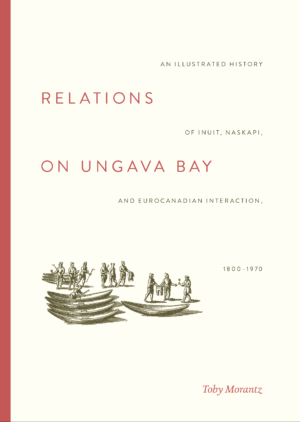Search Results: Returned 2 Results, Displaying Titles 1 - 2
-
-
2016., Avataq Cultural Institute Call No: IND 971.41 M829r v. 2 Edition: First edition, first printing. Availability:1 of 1 At Your Library Summary Note: For hundreds of years, if not millennia, the Inuit and Naskapis relied on the food resources of the Ungava Peninsula. The Inuit focused their sights on the coastal marine life but also turned inland to hunt caribou. It was these vast migratory caribou herds that brought the Naskapis into the region from their forested base further south. The two peoples maintained their subsistence patterns until competition in the European fur trade disrupted their way of life. Despite the dangerous tidal currents, the Hudson’s Bay Company established and outfitted a series of posts ringing the coast, beginning slowly from the first few decades of the nineteenth century. Initially the Company’s commercial interest was the salmon fishery but the fur coat fashion of the early twentieth century and fierce fur trade competition spiralled the arctic fox and related species to valuable commodities. Both Inuit and Naskapis prospered until the Crash of 1929. The combined disappearance of caribou and fur markets ushered in a period of great poverty, only to be eased somewhat with the arrival of the U.S. Air Force base at Fort Chimo. Reluctantly and by degrees, the federal government began taking charge, providing new challenges to Inuit and Naskapis in their struggles to protect their culture and autonomy.






